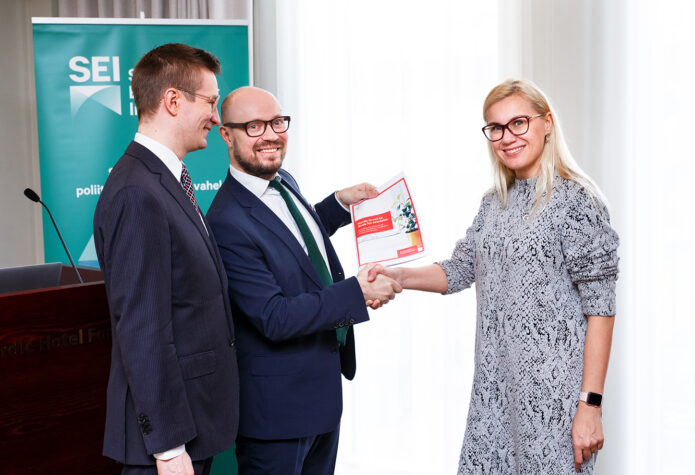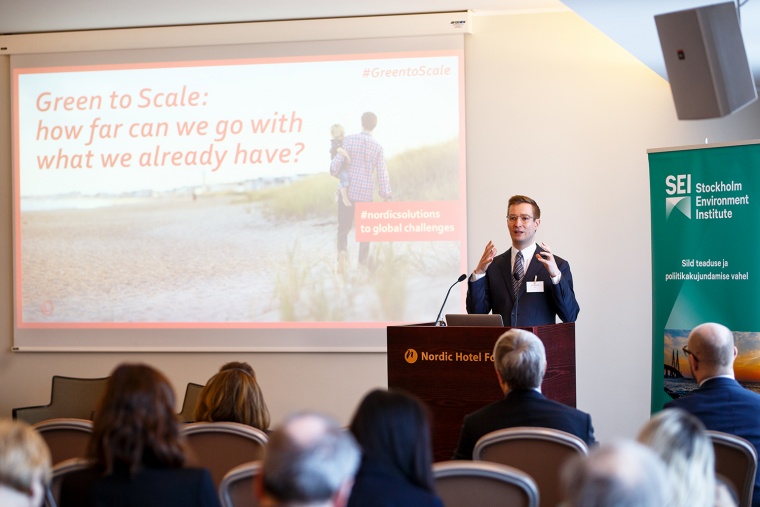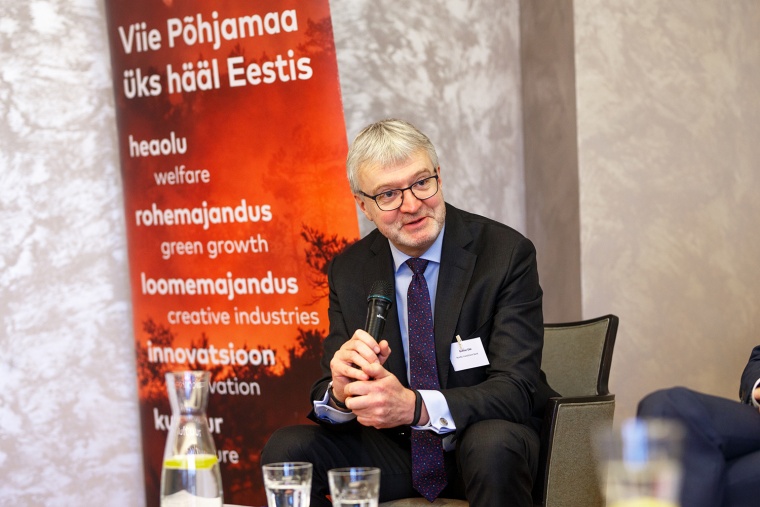Nordic energy solutions have great potential for Estonia

“Estonia is more ready than ever to contribute to clean and efficient energy production”, said Ms Kadri Simson, Estonia’s Minister of Economic Affairs and Infrastructure, when the results and findings of the Nordic “Green to Scale 2” project were announced in a seminar in Tallinn on Monday 30 April.
The project aims to highlight how existing Nordic solutions can bring tangible benefits to climate mitigation in the Baltic countries, Poland and Ukraine. For Estonia, the greatest potential lies in the energy sector, for example by increasing the amount of wind power.
Estonia has a National Development Plan of the Energy Sector until 2030.
“The whole energy sector is undergoing a remarkable transformation”, said Ms Simson. “By 2020, Estonia has promised to meet the goal of renewable energy sources contributing 25% of the energy consumed.”
According to the study, another important area with high potential for Estonia is energy efficiency in buildings and in industry.
“Public and private buildings need to be renovated to be more energy efficient”, says Ms Simson.
The study reveals that when scaling up the solutions analysed, there is the potential in Estonia to reduce its expected emissions in 2030 by as much as 40%. To put the figure into perspective, this saving would be equivalent to almost twice the emissions from Iceland today.

Mr Oras Tynkkynen, Senior Adviser at Sitra, presented the main findings of the study. Photo: Raul Mee
Ms Simson agrees with the study findings: “The report clearly signals to the states that we can be more ambitious”, she says.
Alongside the energy segment, Estonia is renewing the country’s transportation sector.
“By 2020, some 10% of the energy consumed by transport sector should come from renewable sources of energy, so Estonia is gradually introducing biodiesel and biomethane. For instance, public transport in Pärnu will be converted 100% to biodiesel or biomethane”, says Simson.
Self-evidently, investing in efficiency improvements or construction of wind farms is costly, but according to the report, implementing the solutions would actually save money over time. Some of the solutions are very cost-efficient as well, such as energy efficiency improvements in industry and buildings. The reduced energy consumption and savings on costs mean that the investments pay for themselves quickly.

NIB’s Gunnar Okk discussed about the challenge of finding financing for the new solutions. Photo: Raul Mee
Mr Gunnar Okk, Vice-President and Head of Business Services at the Nordic Investment Bank, listed a number of climate projects that NIB has financed in the Nordic–Baltic region. He also underlined that plans and ambitions are necessary, but not sufficient by themselves. Practical steps and long-term financing are needed. For a financier, the key requirement is a well-defined project.
“Green to Scale” is a study that the Finnish Innovation Fund Sitra has funded with financial support from the Nordic Council of Ministers. The event in Tallinn was organised by SEI Tallinn and Sitra, in co-operation with the Nordic Council of Ministers Estonia Office and the Nordic Investment Bank.